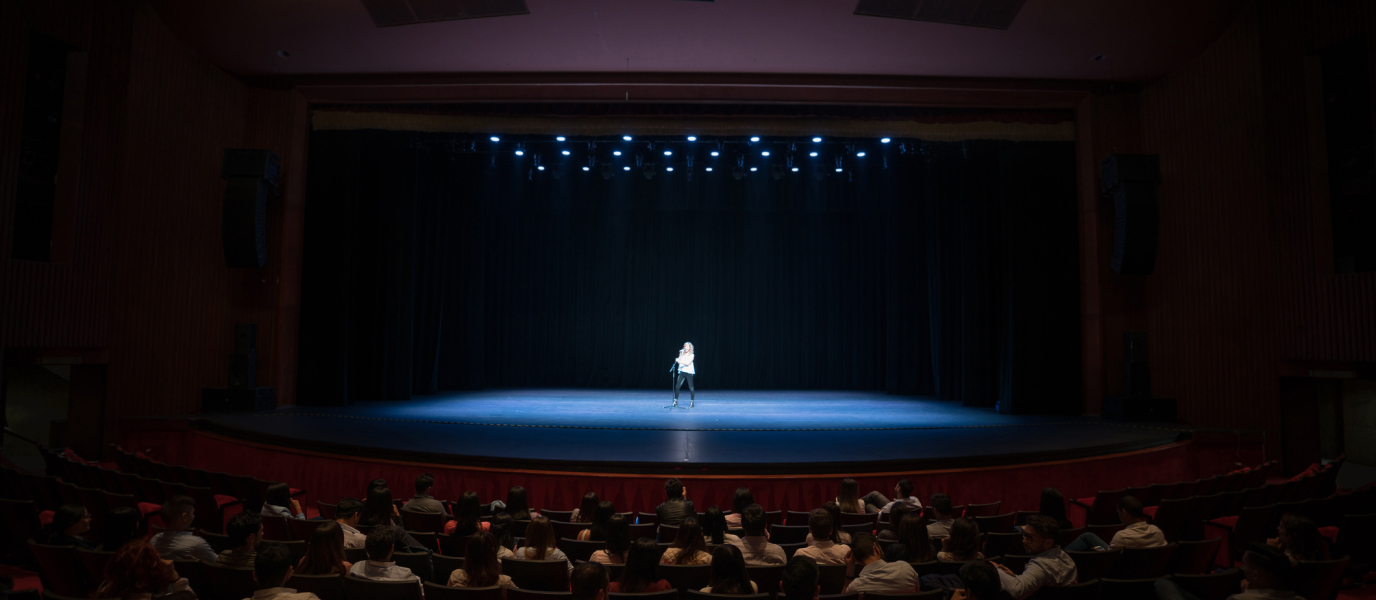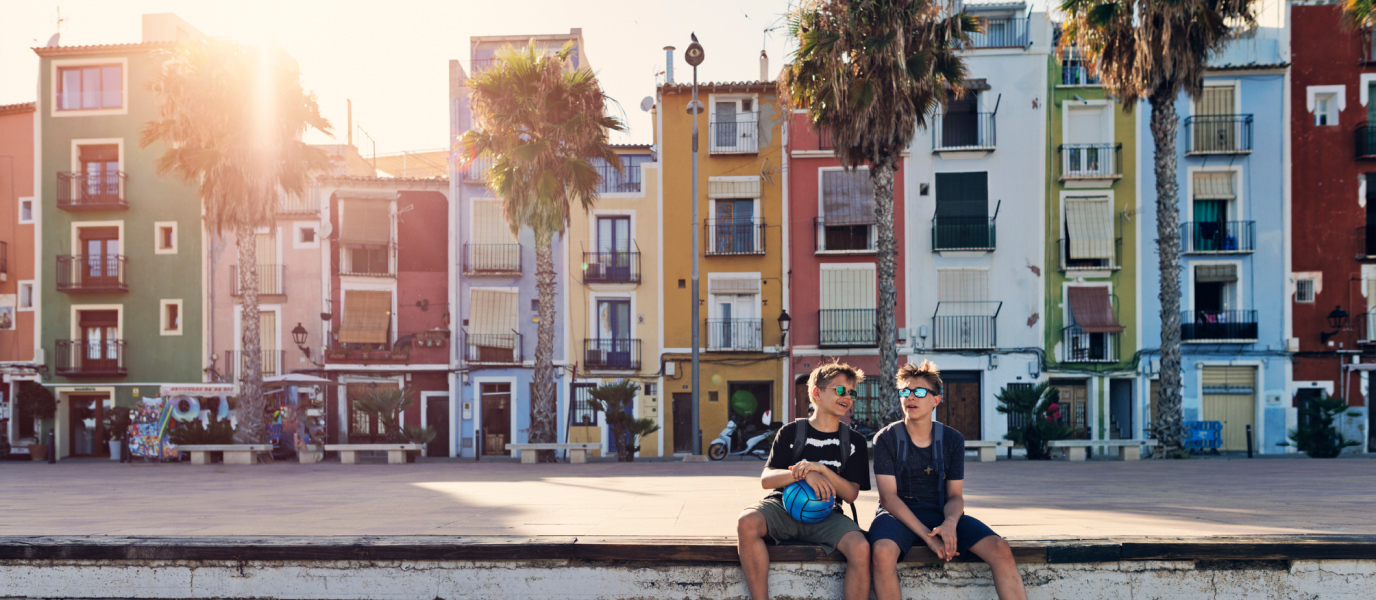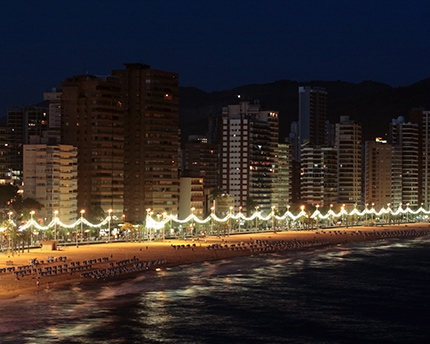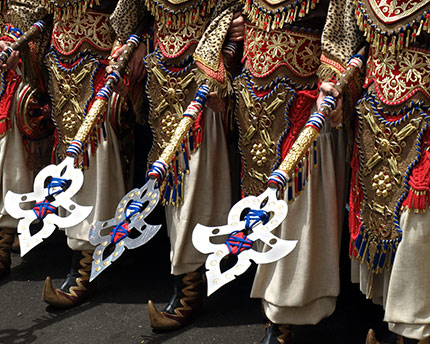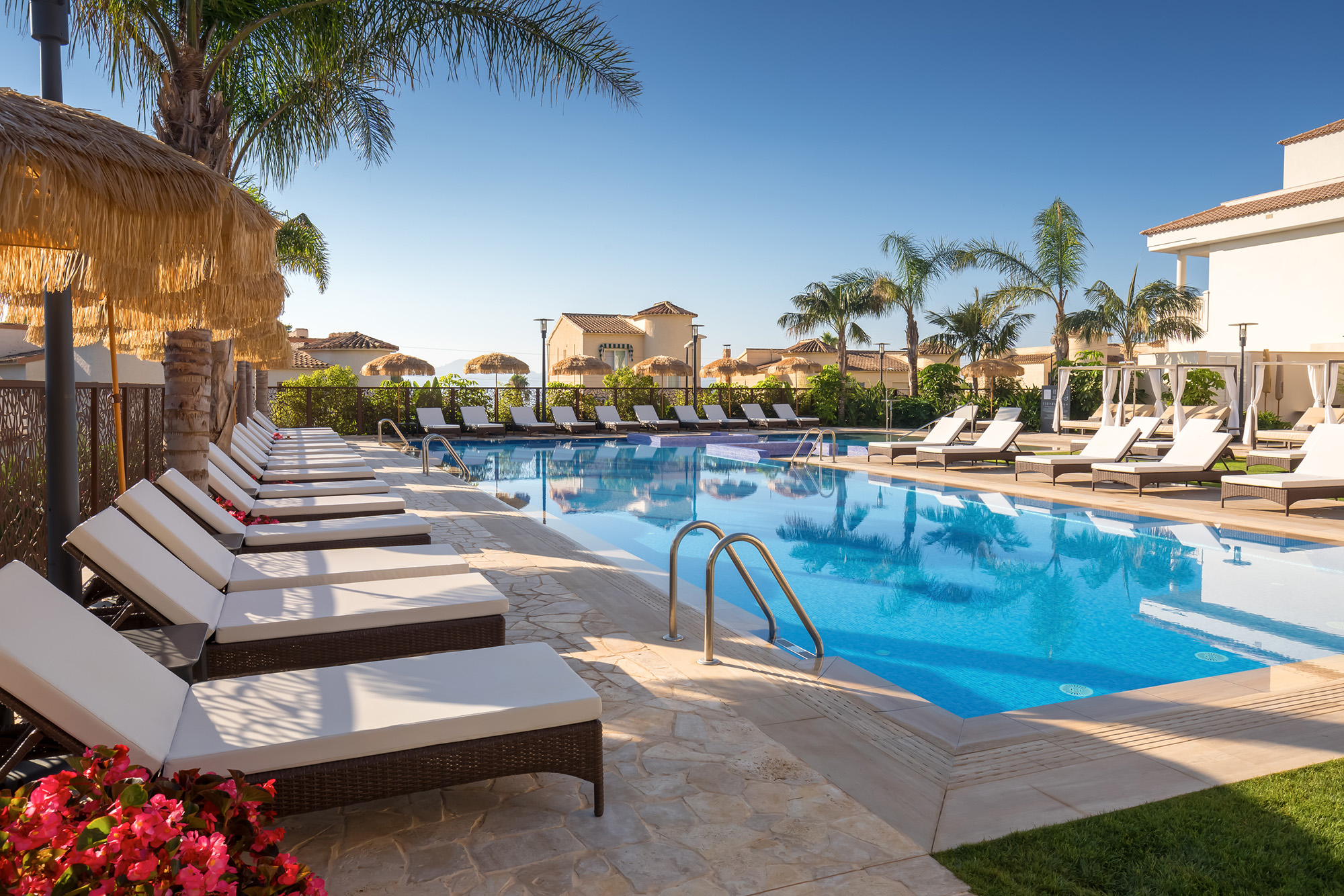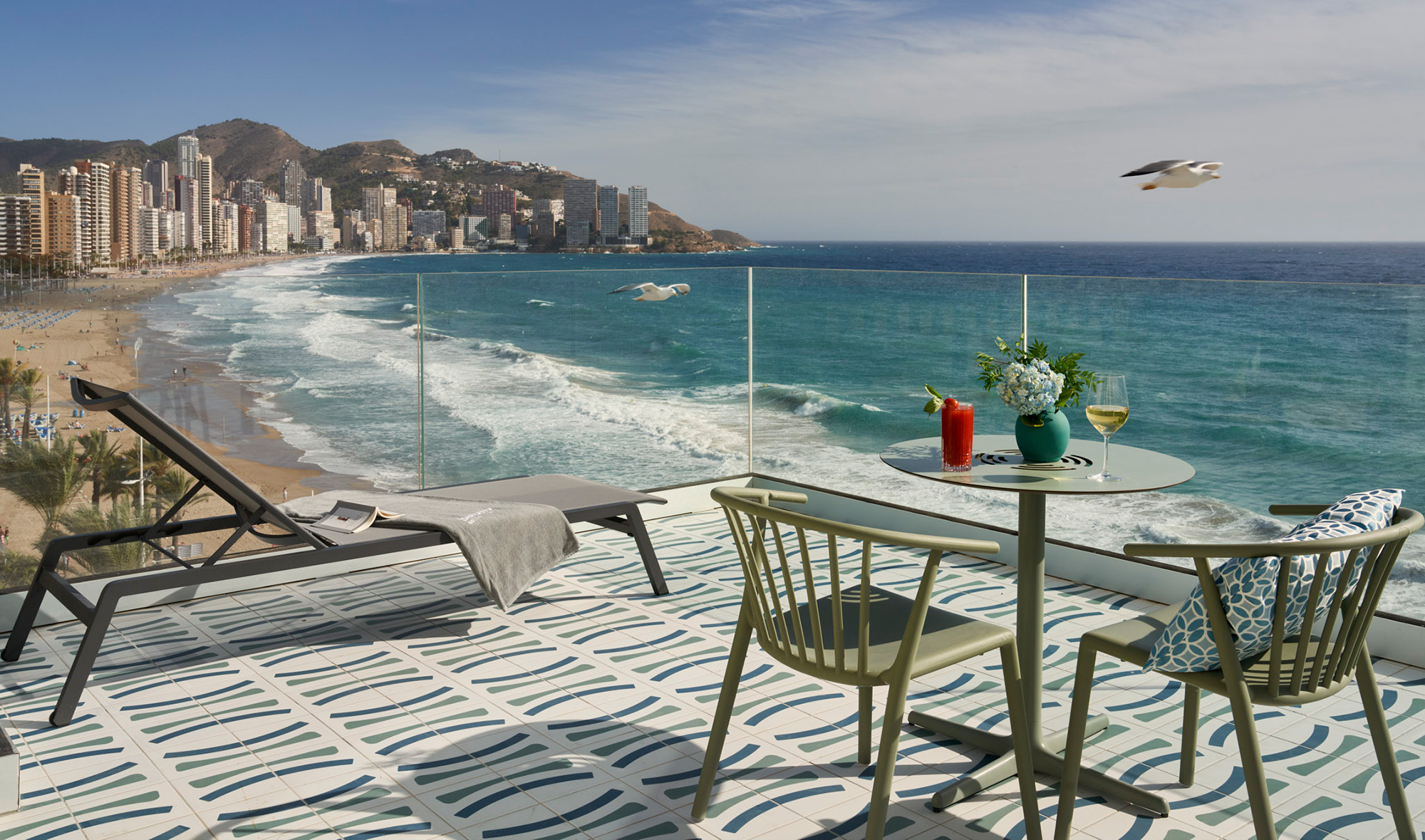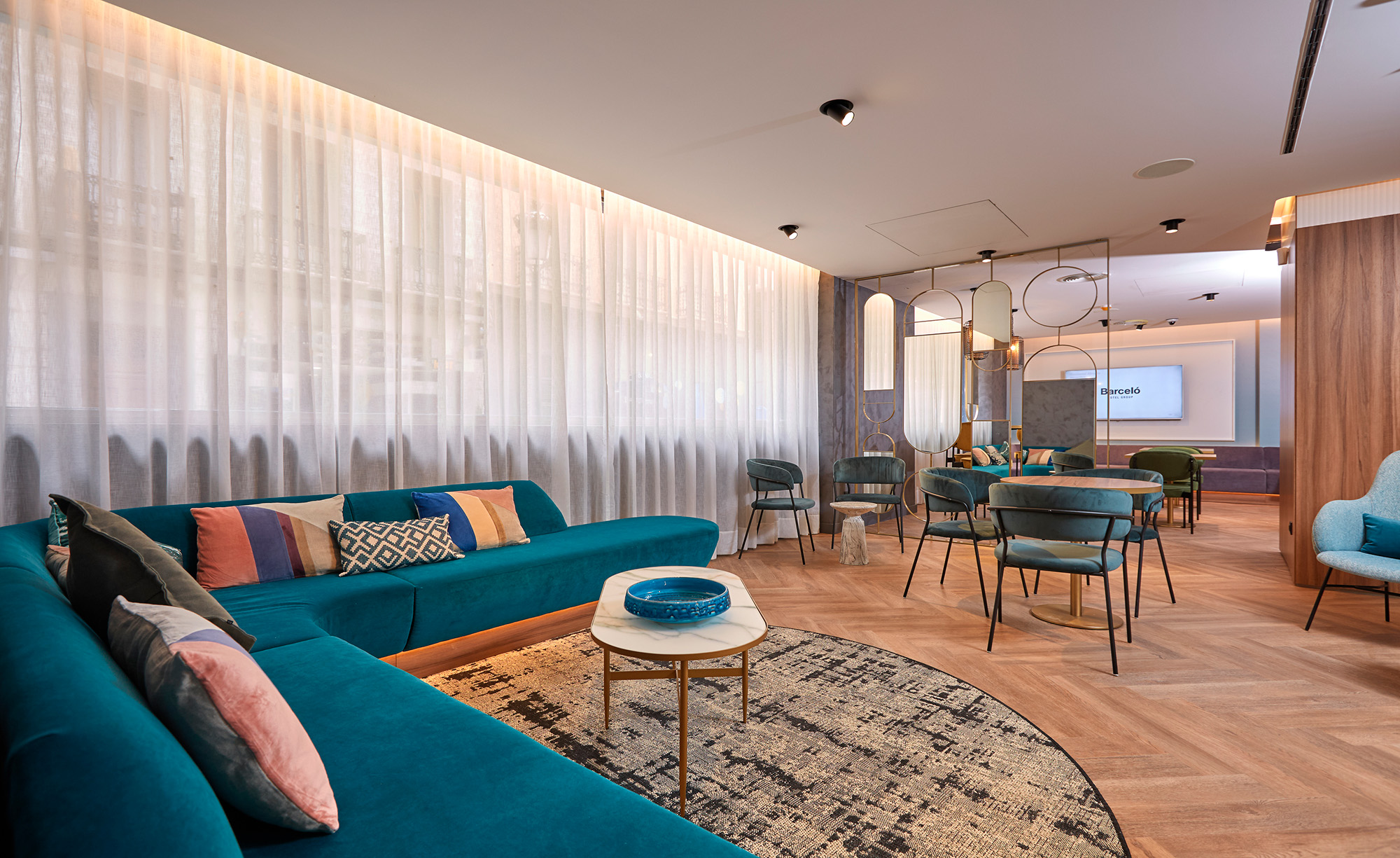In line with modern times, ADDA ― which stands for the Auditorium of the Provincial Council of Alicante in Spanish ― frequently makes use of social media in order to communicate with its audience. A good example is its Instagram account, whose bio leaves little doubt as to what its raison d’être is: 150 concerts a year in a city (Alicante) that is moved to the sound of music.
Opened in early 2011 on Paseo de Campoamor, the modern building houses a space spanning 28,000 square metres dedicated, almost entirely, to the world of music. We say ‘almost’ because, since 2016, the Auditorium of the Provincial Council of Alicante has also moonlighted as the Conference Centre, thanks to the highly functional design of its many rooms. What’s more, a quick look at ADDA’s programme will give you an idea, on the one hand, of the quality and variety of its musical offerings, which regularly include some of the most important groups in the world, and, on the other, the considerable range of themed cycles that are organised. If you would like to know more about ADDA and everything it encompasses, read on.
ADDA’s facilities
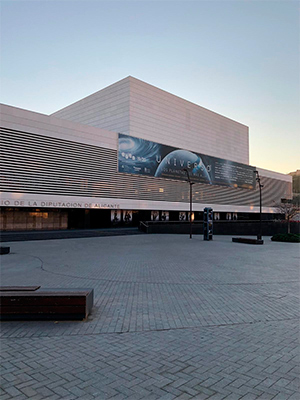
Costing 45 million euros, construction work on the new ADDA building was finished in late 2010. Designed by the Alicante-born architect Juan Antonio García Solera, the building’s highly personal design conciliates two relatively different uses: firstly, an auditorium made for large symphonic concerts, and secondly, a space designed for hosting large-scale events and congresses.
Its limestone façade, finished off with black opaque glass windows, stands out in the middle of the historical Paseo de Campoamor, situated next to Alicante Bullring. Once inside the main hall, you can really get a feel for the true size of the space. Distributed across two floors, with a total surface area of 28,000 square metres, the ADDA building boasts, among others, a main symphonic music hall – with capacity for 1,500 people – a chamber music hall – with 320 seats – four practice rooms, two rehearsal rooms, eight conference and exhibition rooms, and three meeting rooms. Likewise, visitors can also enjoy a cafeteria and a restaurant housed within the building. And, as you would expect, the whole space is adapted for people with reduced mobility.
The Programme del Auditorium of the Provincial Council of Alicante
At present, Alicante Auditorium holds the title of the most important cultural centre in the city. But that’s not all. Its multipurpose design, which can be used for countless artistic disciplines and cultural initiatives, means that ADDA stands as one of the leading auditoriums in the whole of Spain, holding 150 concerts and 200 events on average every year.
In purely musical terms, it’s worth nothing not just the presence of the Orquesta ADDA Simfònica – Alicante’s very own orchestra led by the conductor Josep Vicent – but also the regular performances given by great international groups. The Liverpool Philharmonic, for instance, opened Alicante Auditorium’s first season in 2012. It was followed by other great symphonic orchestras from all over the world, such as the Israel NK Orchestra, the Orchestre de Chambre de Paris, Saint Petersburg’s Orquesta Mariinsky and the Concertgebouw Chamber Orchestra of Amsterdam, among others.
ADDA also programmes a yearly series of themed cycles with, in the words of its creative director, Josep Vicent, the aim of ‘allowing people to explore new (musical) territories’. If you visit the auditorium’s website you will see, by way of an example, the Almantiga cycle, focused exclusively on ancient music, as well as the Músicas para piano cycle, with the inclusion of poets and ballet dancers. What’s more, while November is usually when La Guitarra, a cycle dedicated to the archetypal Spanish instrument, takes place, Christmas is the time for villancicos, a traditional musical and poetic form common on the Iberian Peninsula. Local talent is also not forgotten with the cycle Nuestras Bandas y Orquestas, as well as young talent with the cycle ADDA Joven.
Finally, another highlight are the external music festivals that take place at ADDA. In July, for example, it hosts Fijazz – Festival de Jazz de Alicante – a festival that until recently was held at the archaeological site of Tossal de Manises. Likewise, during the summer Alicante Auditorium also offers a wide range of musical performances, with styles that range from new age to flamenco and from rock to classical music.





























































